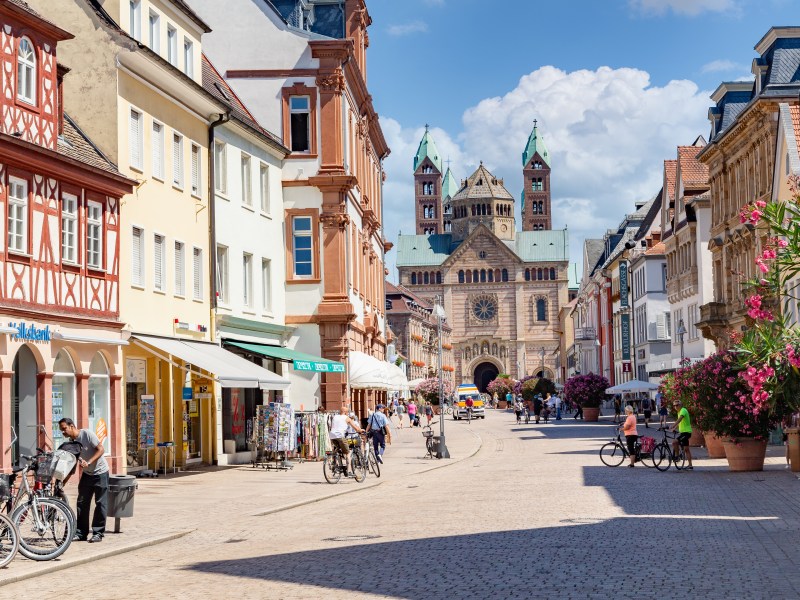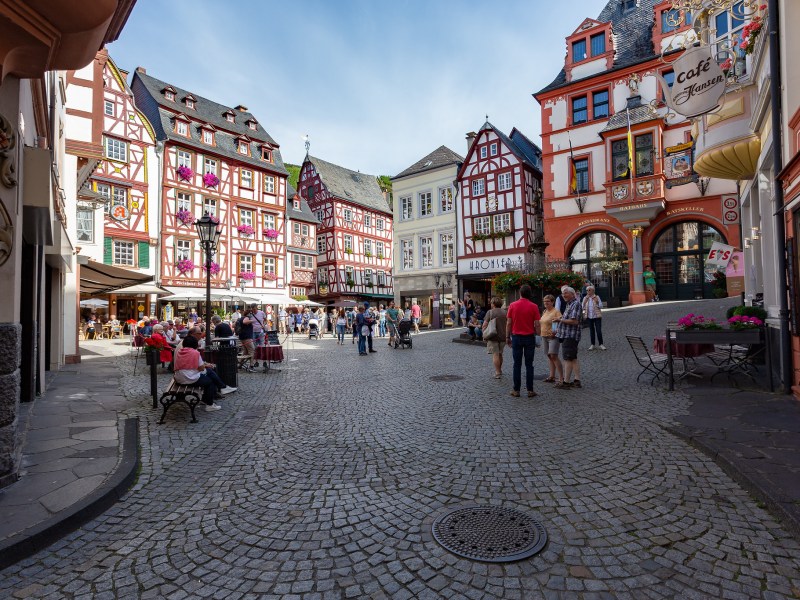Select a Region to Explore in Detail
Alsace
The wealth of the Alsace comes from its fertile hills and bounty of the Rhine. So desirable was the Alsace that it remained under the direct control of the Emperors in Speyer, Vienna, Berlin, and Paris for centuries. Each subsequent power was determined to leave its mark. The region has a trove of historical heritage and local tradition, making it one of the best destinations in Europe.
Baden
The Baden we see here is a 19th-century construct that forcibly combines the Franconian-Protestant North with the Alemannic-Catholic South. The only thing that unites Baden is the Black Forest, which forms a rugged spine across the region. Today, the land remains one of many different cultural traditions, from the cosmopolitan Baden-Baden and Karlsruhe, the pastoral Black Forest villages, to the almost-Swiss speaking southerners in Freiburg.
Basel
This small region highlights the cultural synthesis of the Rhine Valley and Switzerland. The city of Basel once formed the center of a Prince-Archbishopric until the Reformation, when the Protestant city joined the Swiss Confederation. As the last major port city on the Rhine, Basel feels more like a Rhenish city than a Swiss one. No trip along the Rhine is complete without a stop in one of its most beautiful cities.
Electoral Palatinate
The story of the Electoral Palatinate starts with a leading role as the heartland of the medieval Holy Roman Empire. The Salian and Hohenstaufen Dynasties founded cities and raised monuments to cement their rule. As their glories faded into the past, their monuments fell victim to those seeking to erase their legacy. The story we see today is about reconstruction from the ashes of war.
Middle-Rhine Valley
The Middle-Rhine Valley is one of the most iconic landscapes in Germany. The mighty Rhine River cuts through a range of dramatic cliffs topped with castles, monasteries, and fortifications. Below, barges and ships ply the waters between its many medieval towns as they have for centuries. As you stand on the cliffs overlooking the Rhine, one of Europe’s most incredible cultural landscapes extends out in front, waiting for you.
Mosel Valley
The Prince-Archbishops of Trier, Electors of the Imperial Throne, dominated the Mosel Valley. Their legacy is debt owed to the Roman Emperor Constantine the Great, who founded the city of Trier and gifted it to the church. Ecclesiastical rule preserved many of the ancient ruins as symbols of power, and their lands remain today full of mysteries waiting for you to discover them.








